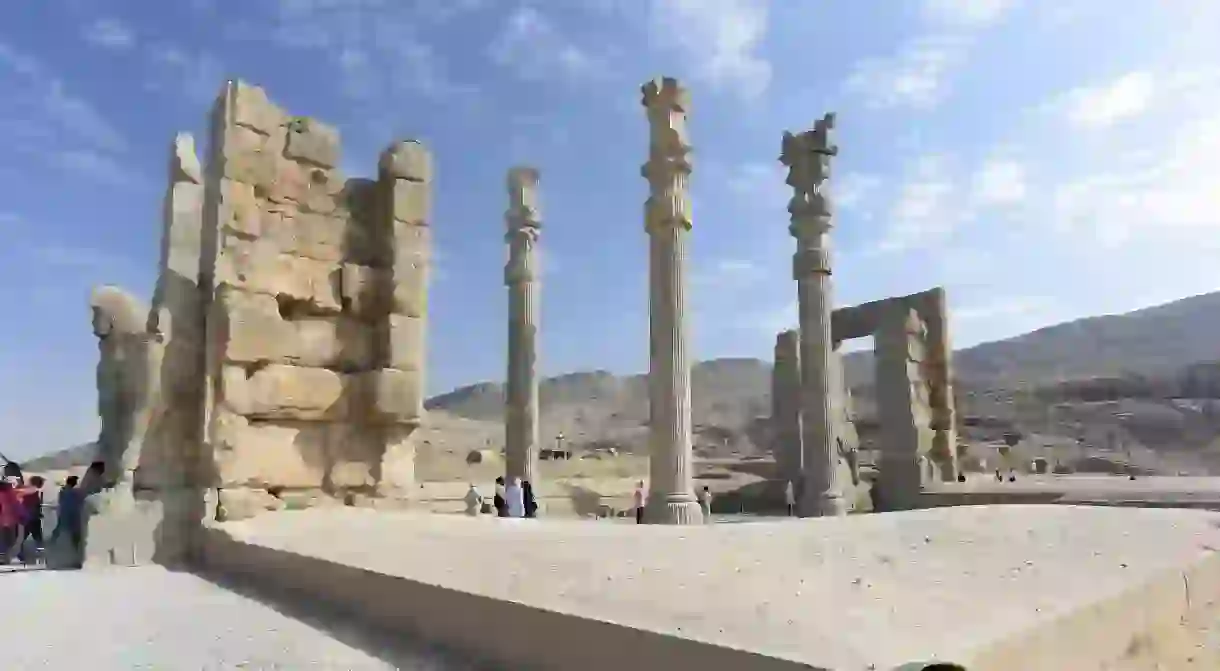The Best Museums and Galleries in Shiraz, Iran

As the spiritual home of Persian arts and letters, it should come as no surprise that Shiraz houses a number of excellent museums and galleries, showcasing the best of Iranian history and high culture. Exquisite carpets, handwritten Qurans, historic houses, Achaemenid weapons and so much more, here we feature Shiraz’s best venues for gallery-goers and cultural history lovers.
Pars Museum
Museum

Located right in the centre of Shiraz, the Pars Museum and the Nazar Garden (bagh-e nazar) in which it is based provide an excellent example of Zand-era architecture, as well as housing the burial site of the dynasty’s founder: Karim Khan Zand. The 18th-century garden is a delight to wander around, but the decorated, octagonal central pavilion is the highlight. Converted into a museum in the 1930s, it displays examples of Zand weaponry, colourful frescoes, watercolour paintings and some old, handwritten Qurans. The museum is inexpensive and well worth a visit for the stunning interior ceiling alone.
Haft Tanan Museum
Museum
Haft Tanan is a much-underrated stone museum located very near the famous Quran Gate at the entrance to the city. It houses a broad collection of stone blocks, offcuts and reliefs from the length and breadth of Persian history. Particularly fascinating are the differing calligraphic styles carved onto the stones, including Kufic and Nastaliq scripts. The museum takes its name (which means “seven bodies”) from the seven unmarked gravestones situated there, which are said to belong to seven dervishes from Shirazi history.
Meshkinfam Art Musuem
Art Gallery, Cemetery, Museum, Shrine
This former Qajar-era house of Foruq ol-Molk Ghavami now functions as a private art gallery. Not far from the Shah-e Cheragh shrine, the museum commonly exhibits works by contemporary Shirazi artists, as well as fine examples of Persian calligraphy and relief carvings. The unique blend of exquisite art and architecture, history and modernity merits a trip to this memorable gallery.
Persepolis Museum
Building, Museum
Situated in Persepolis itself, the Persepolis Museum houses a rich array of unearthed objects from the Achaemenid era, 2,500 years ago. A great way to add a little historical context and colour to your tour of the ancient city, the museum exhibits unearthed artefacts including weapons, clay tablets, dishes, pots and sculptures. More wonderful still is the fact that the museum building is a reconstruction of an Achaemenid structure that once stood there. There is, however, a disappointing dearth of kitschy Cyrus the Great-themed merchandise.
Afif-Abad Military Museum
Museum

The Afif-Abad complex boasts a large garden with some exemplary Persian landscaping, decked with orange trees, palm trees and flower beds. The palace at the centre of the garden is now home to a magnificent military museum, chronicling the weaponry of Iran’s armed forces from the Safavid era through to the modern period. Safavid swords, Qajar rifles, Pahlavi tanks – military history enthusiasts will have a field day exploring the evolution of Iran’s armaments. For reluctant companions of military history enthusiasts, the gardens and the architecture should be enough to hold your interest.













